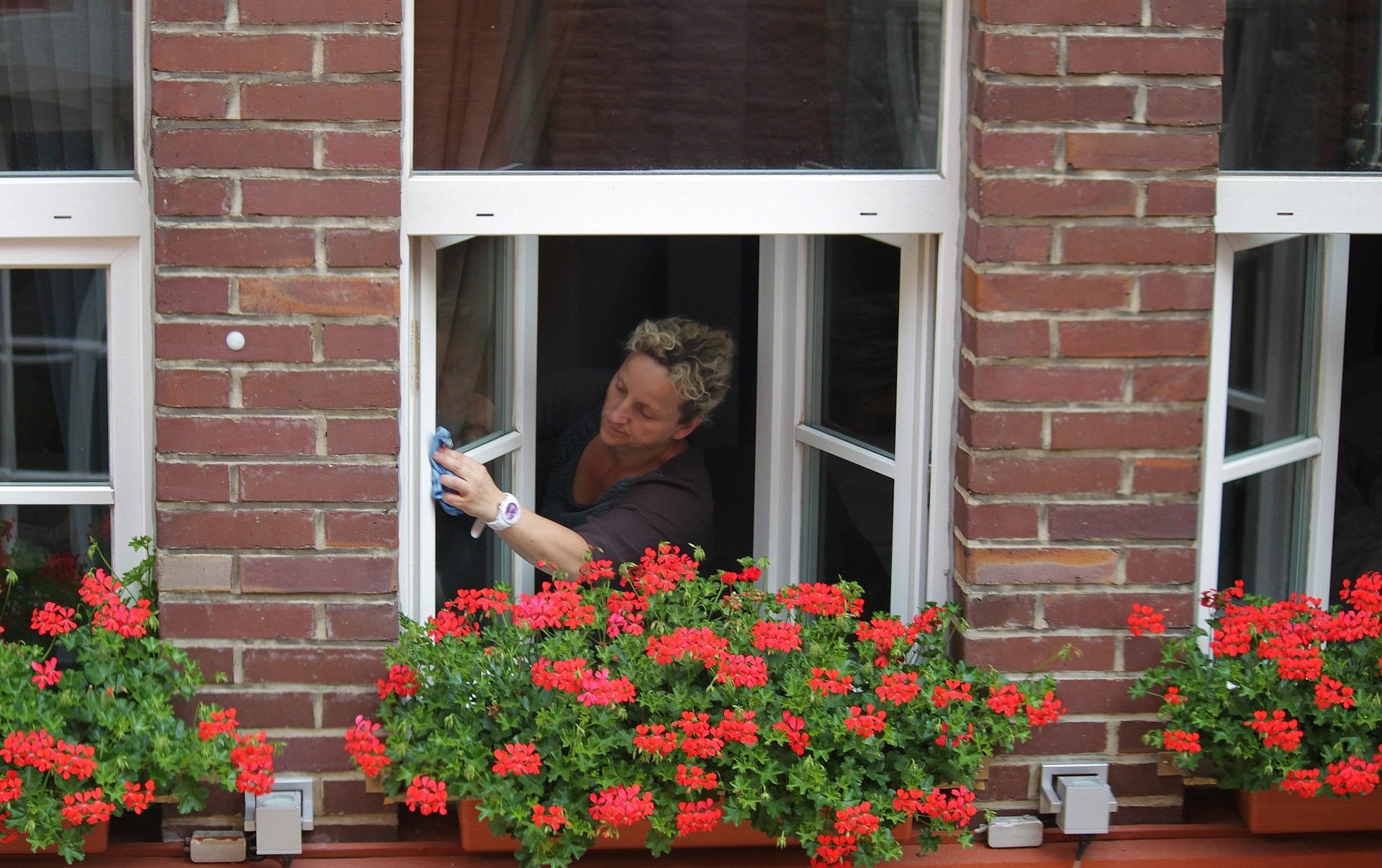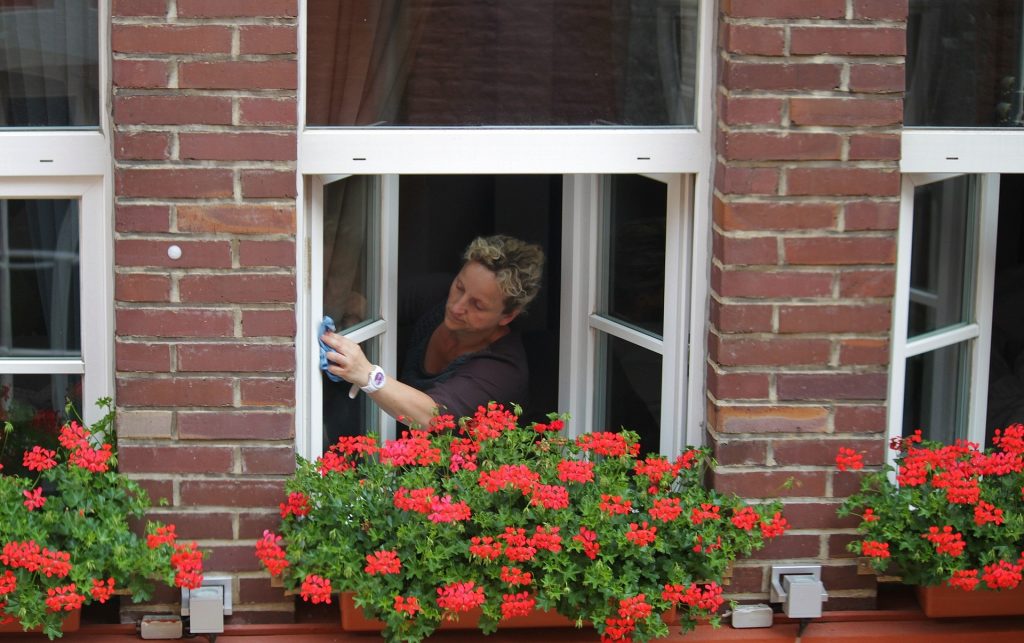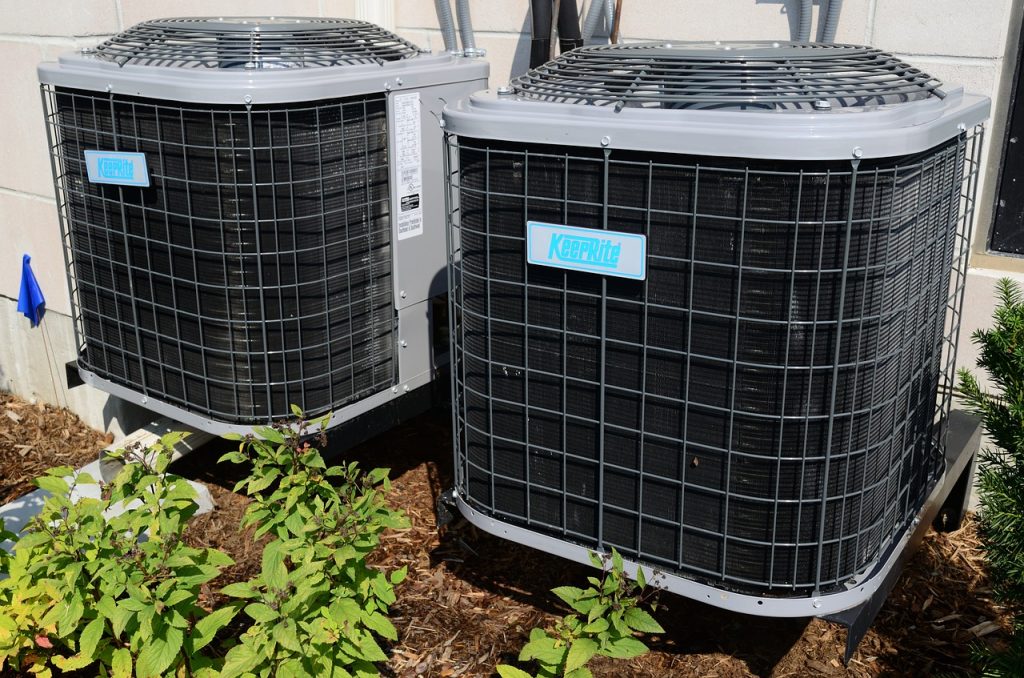
Even while the weather may not always be great, there’s no mistake that spring is one of the best seasons of the year. A few sunny hours with a light breeze hint heavily at warmer times ahead. Spring is the perfect season to get ready for summer’s warmth and prevent it from becoming oppressive. Make energy saving part of your annual spring cleaning, and you will enjoy summer even more than before. Here are some spring cleaning tips and projects that make this season worthwhile.
- Review the terms of your current electricity plan. Look carefully at how “free” hours and other promotional discounts interact with your hot-weather needs. While winter is the best season for an electricity consumer to lock in low future rates, spring is a good time to look over your plan. Make sure you understand you electricity plan, so that you can take full advantage of what it offers.
- Check out your air conditioning. This should be an early-spring chore every year. There’s no discomfort like waiting for a service call while every other house in your neighborhood hums with cooling a/c. Ask local service companies for a spring inspection, whether you have a whole-house system or individual window units. Make sure ducts and filters are cleaned. Since, according to the Houston Chronicle, in 2015 Texans were paying roughly twice the national average fraction of their annual budgets for air-conditioning. Keeping your a/c in top condition at all times can result in real money saving.
- Look into, out of and at your windows! This can be another major source of savings. According to the U.S. Department of Energy, up to 30 percent of home heating energy can be lost through windows, and up to 76 percent of sunlight falling on windows become heat. Whether you’re trying to keep the heat in or out or the coolness in or out, keeping your windows in good condition is a major element of success.
First, take a carpenter’s-eye look at windows. Frames should be tight against exterior and interior walls; caulk gaps if necessary. Sashes should open and close smoothly and completely. Once that is done, look at windows that let in more weather than view: garage and shed windows, basement window wells, those little windows left in place during renovation, a sliding door. Shades or curtains may seem out of place or useless. Check out new types of film that can deflect glare and heat, or look at new versions of old-fashioned awnings. Other effective heat screeners can include decorative lattice work, with or without plants, moveable shade canopies like shade-sails, and trees or shrubs. Quiet spring is a very good time to plan summer DIY projects and major fall plantings.
For windows that welcome curtains or shades, lots of new materials and approaches to the old problems of glare and heat let you give windows a great look. Check out advances in cellular shades, which can reduce a hot summer energy bill by 15 to 20 percent. Other types of tightly fitted shades, from window quilts to light-screeners, can take a big bite out of a/c costs. - Declare war on winter dust accumulation, with energy costs in mind. Clean refrigerator/freezer coils and all electronics of their winter coats. Have a look at the back of the washer and dryer, while you’re at it. Just sitting there gives dust an insulating capacity that makes it harder for big appliances to operate at their most efficient—and low efficiency means higher energy bills. Since this is all about money, give your refrigerator/freezer the dollar-bill test. Test the tightness of gasket doors by closing the doors on a dollar bill at assorted points along the gaskets. If it takes a little tug to get your money back, your gaskets are doing a good job of holding the cold in. If the dollar bill slips easily into your hand, check with your local appliance dealer about replacing these hard-working cold-cushions.
- Give your ceiling fan(s) a thorough cleaning and reset the direction of blade rotation (if your fan’s direction can be reversed, you will usually find a simple toggle switch on the center housing, below the blades. If you still have your fan’s manual, double-check for reversibility. Anyone who’s spent time on the stepladder’s third rung or higher has felt how much warmer air is close to the ceiling than to the floor. All winter long, your fan has recirculated that warm air, pushing it back into the lower living area. During the summer, your fan can be used to draw warm air up, letting living space benefit from cooler air coming in through windows and doors.
- Put away your home’s winter wardrobe. Keeping indoor air cool is just as hard as (or harder) than keeping it warm. Bundle up the throws, scatter rugs and thermal drapes that have slowly invaded your winter space, and send them on a nice clean vacation. Move furniture that may have needed a winter relocation—away from the den heating-vent, clustered around the family-room game table—back into positions permitting better air circulation. In winter, clutter can feel cozy. As the weather warms, it just feels messy.
- If you’ve been debating, spring is a great time to shop for and install a programmable thermostat. With all the changes in activity that make spring and summer so much fun, it’s good to turn some of the regular chores over to a helper. Use this transitional season to explore how a programmable thermostat can contribute to both your comfort and your energy savings when the hot weather comes.










